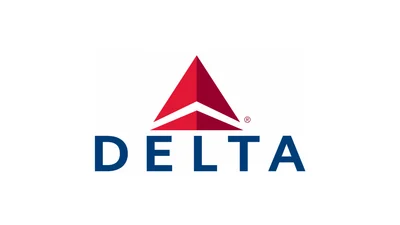Yahoo Life reports that pilots have their own rest area located behind the cockpit and above first class. This area features two seats with seat belts and two side-by-side bunks separated by a partition wall. Air New Zealand's 777-300ERs also use secure access codes for both pilot and flight attendant rest areas.
Rest breaks are an important part of long-haul flights due to legal requirements on duty periods. Cathay Pacific states that crew members must have at least three hours of rest when duty exceeds 14 hours, and four-and-a-half hours when it exceeds 18 hours. Rest periods are staggered among crew members during flights, often starting after meal services.
Roy Lai, Inflight Services Manager at Cathay Pacific, commented: "Usually cabin crew prefer to be in the second group. [...] After two meal services the second group of crew are tired, so it can be easier to sleep."
Steven Lui, another Inflight Services Manager at Cathay Pacific, explained that noise is kept to a minimum in these areas: "Even when you tear the plastic open on the bedding, you have to be careful and quick. We can’t use an alarm clock either. [...] The first person will wake up and the others will follow, like a wake-up call. Then it’s time to roll up the blankets and be ready to serve our passengers once again."
Amenities vary between pilot and flight attendant areas but typically include mattresses, blankets, pillows, storage pouches or closets, lighting controls, temperature adjustments, mirrors near entrances, and communication phones. Pilots' rest spaces tend to offer more comfort per person—such as recliner seats with TVs—due to operational needs.
Public response has been mixed since details about these spaces were shared online through outlets like Yahoo Life and Reddit discussions. Some commenters questioned why pilots receive more amenities than attendants; others pointed out pilots’ responsibilities require proximity to the cockpit and readiness during emergencies.
There has also been curiosity about converting such spaces into passenger sleeping berths—a 'bed class'—to generate further revenue. However, regulations prohibit using these spaces for passengers during taxiing, takeoff or landing due to safety concerns; adding required features would also increase aircraft weight.
For airlines operating in a competitive market where profit margins are slim—such as Middle Eastern carriers earning an average profit of $23.90 per passenger—the ability to add even four-to-seven extra seats translates into potentially hundreds of dollars more per flight over time.
 Alerts Sign-up
Alerts Sign-up




































